Spice Up Your Grill: 7 Global Twists on the Classic Köfte Recipe
If you’ve ever bitten into a perfectly grilled köfte, you know there’s something magical about those spiced meatballs sizzling over open flames. But what if I told you that köfte isn’t just a Turkish delight — it’s a worldwide sensation with regional spices and secrets that’ll blow your mind?
In this article, we’re taking a global tour of köfte variations across cultures, exploring how each region spices up their meatballs for maximum flavor. Whether you're a seasoned chef or a weekend grill warrior, these spice-powered twists will keep your palate dancing and your grill smoking.
Table of Contents
- What Exactly Is Köfte?
- Why Spices Make Köfte So Special
- 7 Global Variations of Köfte (and Their Spice Secrets)
- Pro Tips for Perfecting Your Homemade Köfte
- Visual Comparison Table: Spice Profiles Around the World
- Final Thoughts
What Exactly Is Köfte?
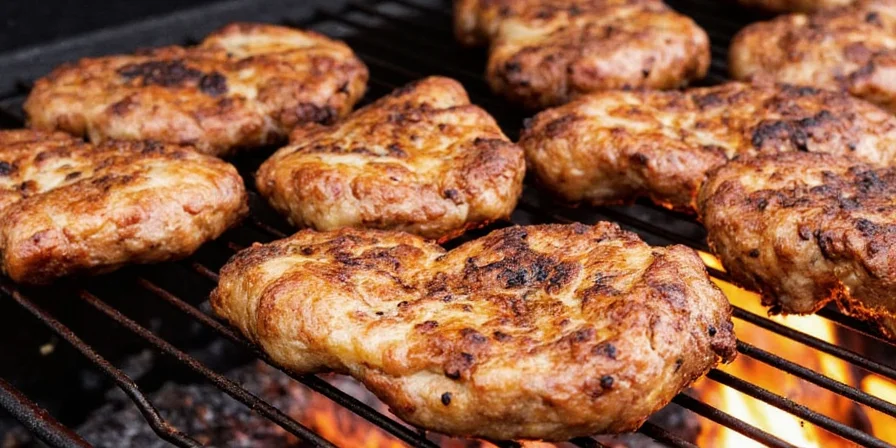
Köfte comes from the Persian word kofteh, meaning “meatball.” It’s a staple in Middle Eastern, Balkan, and South Asian cuisines — though the shape, size, and spices can vary widely depending on where you are.
Typically made from ground lamb, beef, or a mix, köfte is seasoned with herbs and spices, formed around skewers or by hand, and grilled to perfection. The key? Texture and spice balance — not too dry, not too greasy, and bursting with flavor.
Why Spices Make Köfte So Special
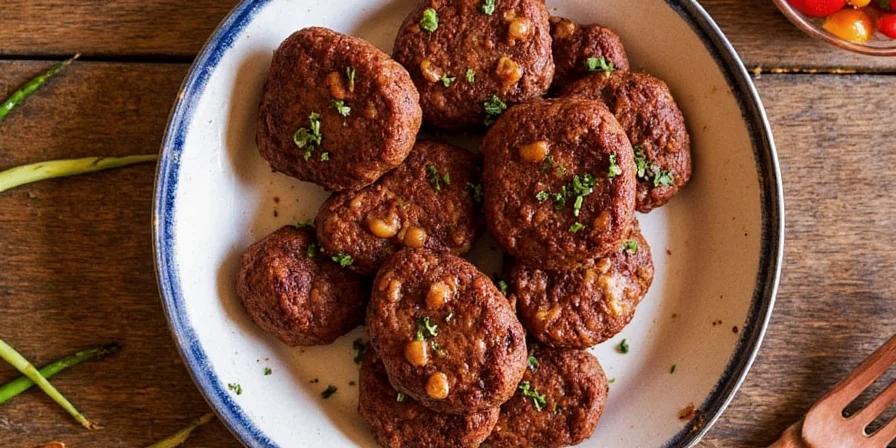
Spices are the soul of köfte. They don’t just add flavor; they tell cultural stories, preserve traditions, and even offer health benefits. From warming cumin to aromatic allspice, each blend reflects centuries of culinary evolution.
- Cumin = earthy warmth
- Paprika = mild heat + vibrant color
- Allspice = sweet + peppery complexity
- Cinnamon = depth + subtle sweetness
- Mint = fresh contrast
7 Global Variations of Köfte (and Their Spice Secrets)

Turkish Classic Lamb Köfte
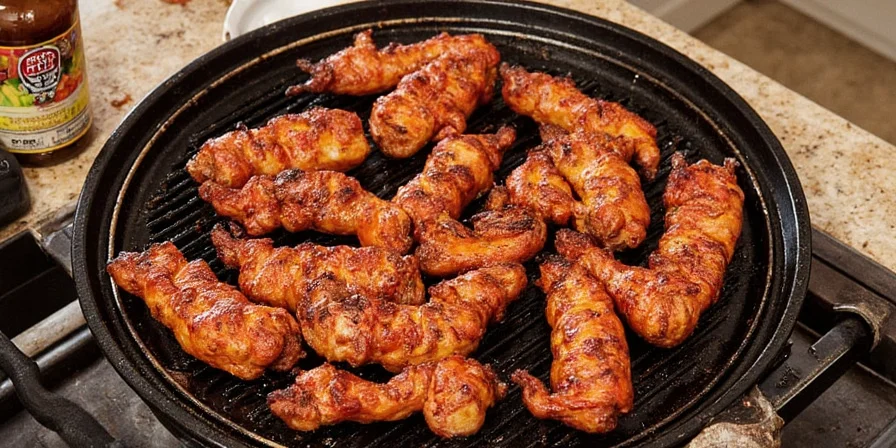
This is the OG — made with ground lamb, onion, parsley, salt, pepper, and cumin. Grilled to smoky perfection, it pairs beautifully with yogurt sauce and warm bread.
- Key Spice: Cumin
- Serving Suggestion: With flatbread, tomato salad, and garlic yogurt
Levantine Kofta (Middle East)
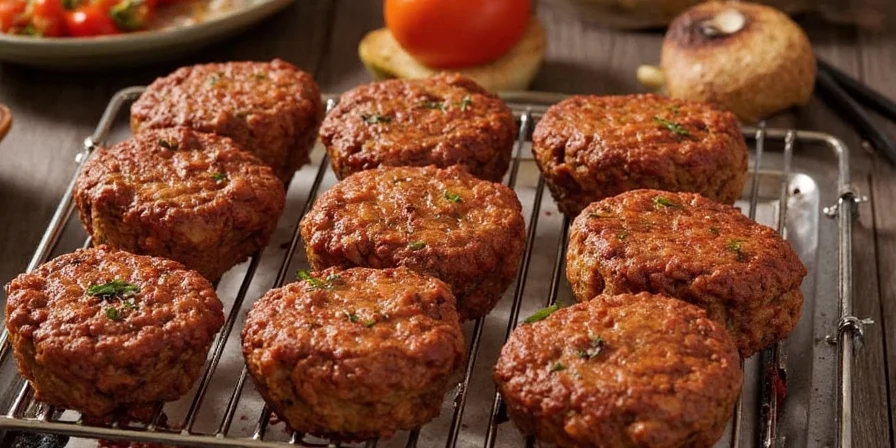
These long, cylinder-shaped meatballs use a fragrant blend of allspice, cinnamon, and nutmeg. The result? A richly aromatic bite that pairs well with tahini sauces and pickled vegetables.
- Key Spices: Allspice, Cinnamon
- Serving Suggestion: Wrap in lavash with hummus and pickles
Balkan Beef Kofta (Serbia/Bosnia)
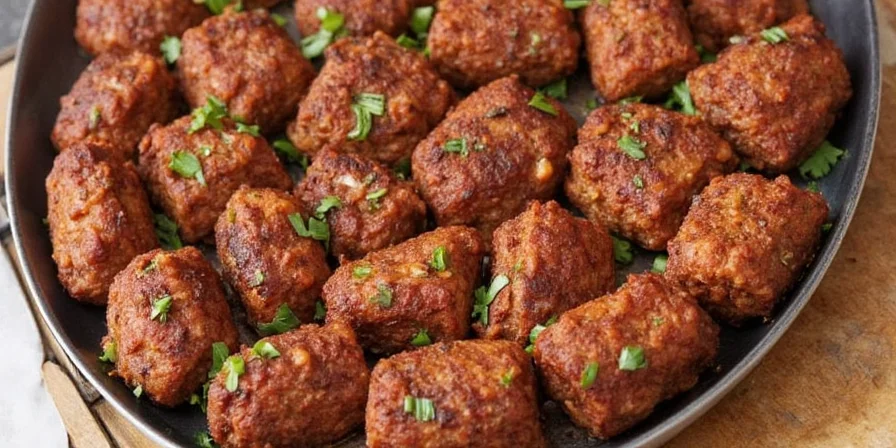
In the Balkans, kofta is usually made from beef and seasoned simply with salt, pepper, and onions. No fancy spices, just bold flavor and fire-charred goodness.
- Key Ingredient: Fresh Onions
- Serving Suggestion: Slathered with ajvar (roasted red pepper relish)
Iranian Koobideh Kebab
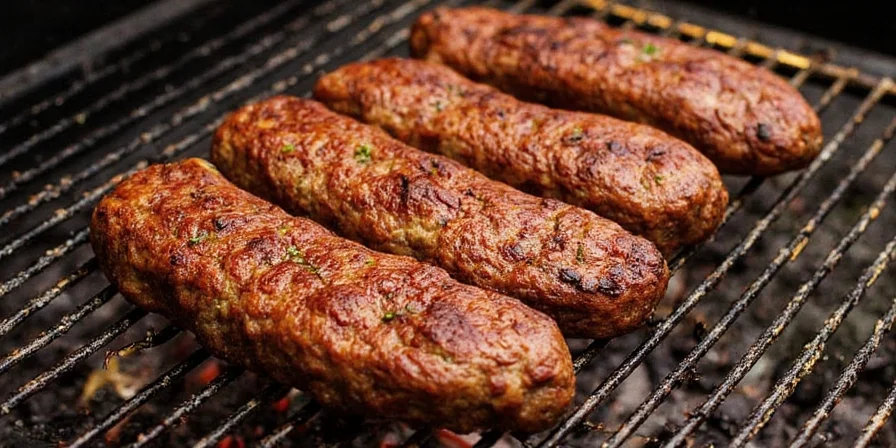
Technically a type of köfte, this minced meat mixture includes grated onion, salt, pepper, and sometimes a hint of turmeric. Super smooth texture, packed with savory umami.
- Key Ingredient: Grated Onion
- Serving Suggestion: With saffron rice and yogurt drink (doogh)
Pakistani Shami Kofta
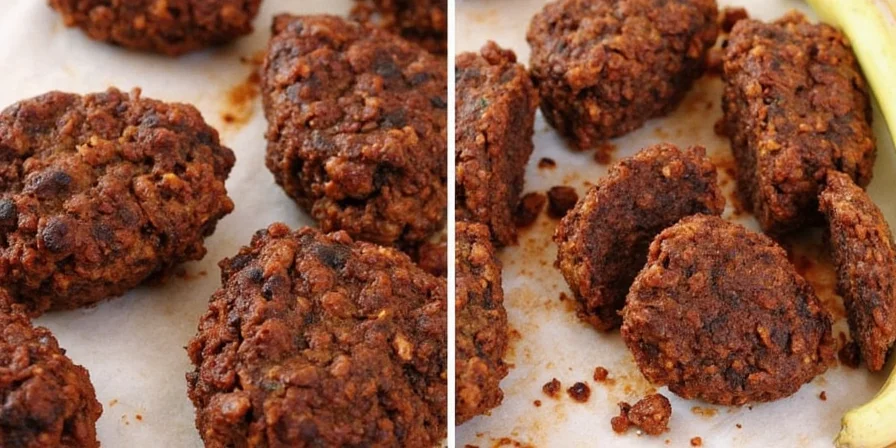
Rich, tender, and packed with spice, shami kofta is often made with lentils and lamb. Spices include garam masala, cardamom, cloves, and ginger.
- Key Spices: Garam Masala, Cloves, Ginger
- Serving Suggestion: With naan or paratha and mint chutney
Indian Seekh Kebab (Grilled Kofta Skewers)
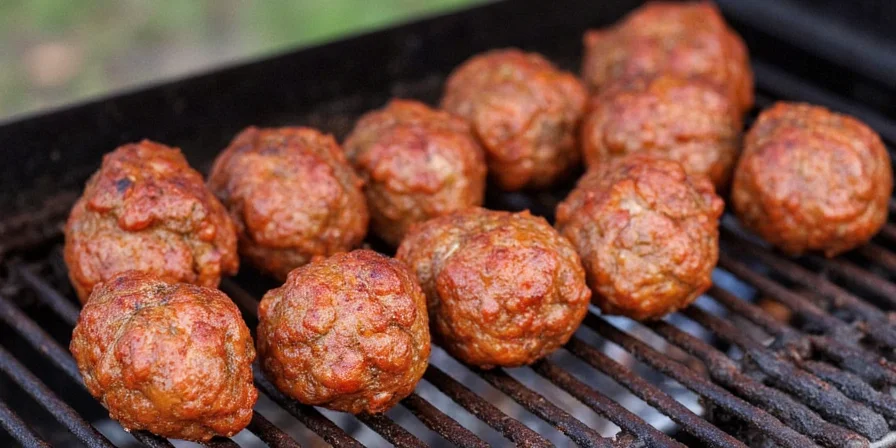
This Indian cousin of köfte is typically made with lamb or chicken, mixed with coriander, ginger, garlic, and green chili. It’s shaped around skewers and flame-grilled for that irresistible char.
- Key Spices: Coriander, Green Chili, Garlic
- Serving Suggestion: With onion rings and tamarind chutney
Moroccan Kefta Mkaouara (Meatballs in Tomato Sauce)
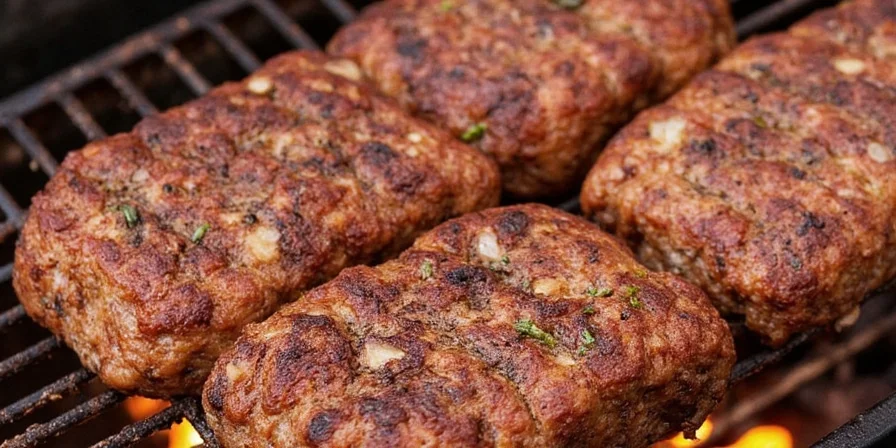
A sweeter, richer twist, Moroccan kefta is often served in a tomato-based sauce with cumin, paprika, cinnamon, and even raisins. Think of it as comfort food with an exotic flair.
- Key Spices: Paprika, Cinnamon
- Serving Suggestion: Spooned over couscous or served with crusty bread
Pro Tips for Perfecting Your Homemade Köfte
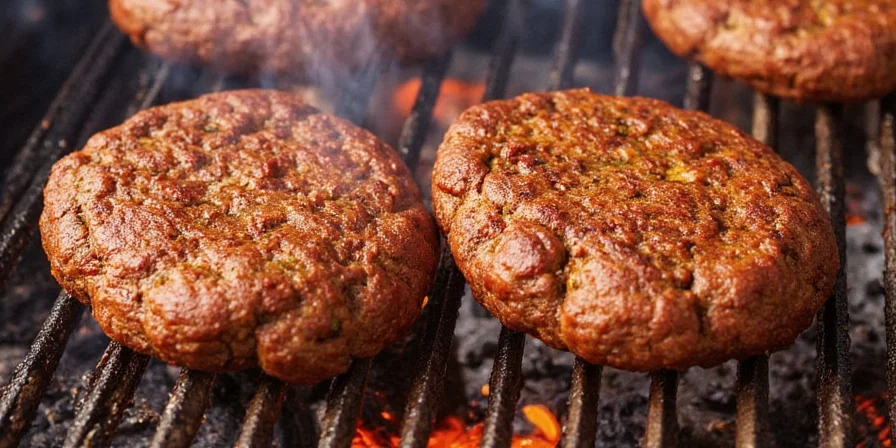
- Keep It Cold: Chill your meat and hands before shaping — it helps bind the mixture and prevents sticking.
- Don’t Overmix: Mix just until ingredients are incorporated to avoid tough meatballs.
- Use Fat Wisely: A 20–30% fat content in your meat keeps köfte juicy and flavorful.
- Add Herbs: Fresh parsley, mint, or cilantro bring brightness to any spice blend.
- Skewer Smart: Wet your fingers and press the meat evenly around the skewer for uniform cooking.
- Preheat the Grill: Hot grates ensure beautiful sear marks and prevent sticking.
- Rest Before Serving: Letting köfte rest for a few minutes locks in juices and enhances tenderness.
Visual Comparison Table: Spice Profiles Around the World
| Region | Main Protein | Signature Spices | Texture | Serving Style |
|---|---|---|---|---|
| Turkey | Lamb or Beef | Cumin, Parsley | Firm, Juicy | Flatbread, Yogurt, Salad |
| Middle East | Lamb | Allspice, Cinnamon | Smooth, Fragrant | Lavash, Tahini, Pickles |
| Balkans | Beef | Salt, Pepper, Onions | Coarse, Charred | Ajvar, Bread, Fries |
| Iran | Lamb | Turmeric, Grated Onion | Soft, Uniform | Rice, Yogurt, Grilled Tomatoes |
| Pakistan | Lamb + Lentils | Garam Masala, Cloves | Dense, Rich | Naan, Chutney, Salad |
| India | Lamb or Chicken | Coriander, Ginger, Chili | Charred Exterior, Tender Interior | Onion Rings, Chutney |
| Morocco | Lamb | Cumin, Paprika, Cinnamon | Soft, Saucy | Couscous, Bread |
Final Thoughts
Köfte is more than just meatballs on a stick — it’s a celebration of spice, culture, and community. Whether you prefer yours smoky and simple or rich and spiced to the max, there’s a global variation out there with your name on it.
So fire up the grill, experiment with different spice blends, and let your taste buds travel the world — one juicy bite at a time!

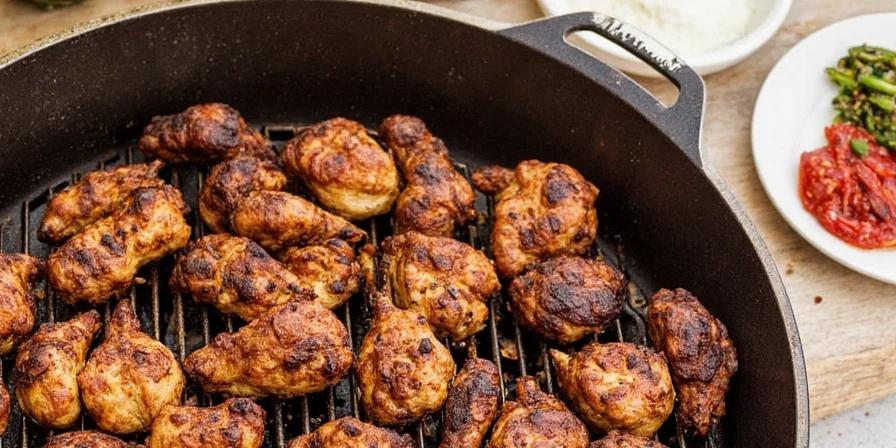









 浙公网安备
33010002000092号
浙公网安备
33010002000092号 浙B2-20120091-4
浙B2-20120091-4